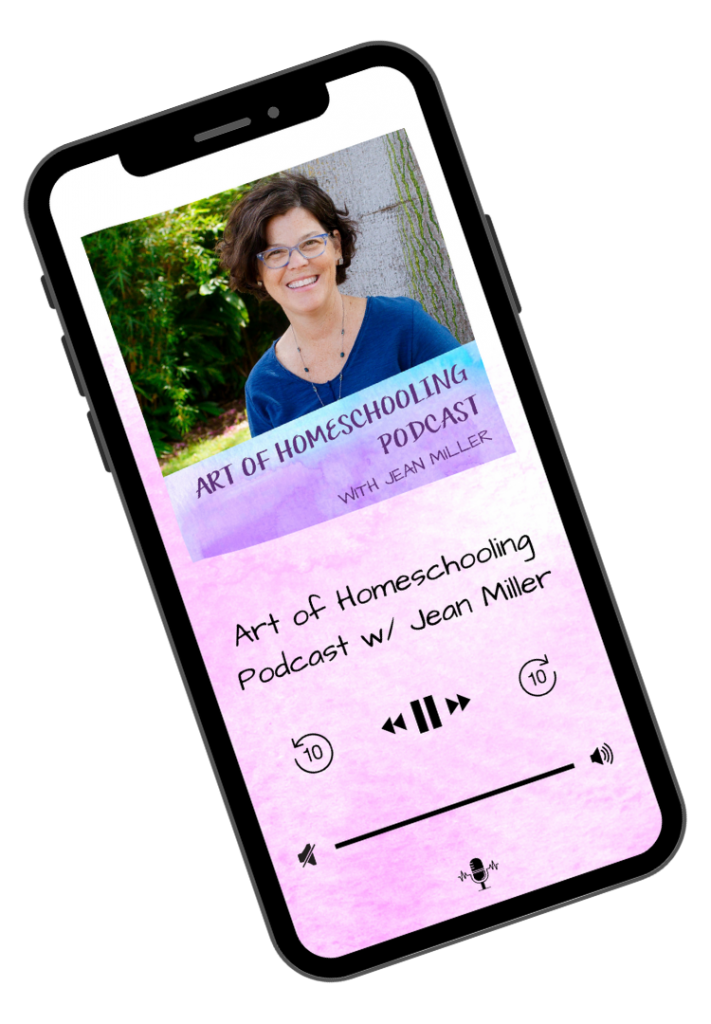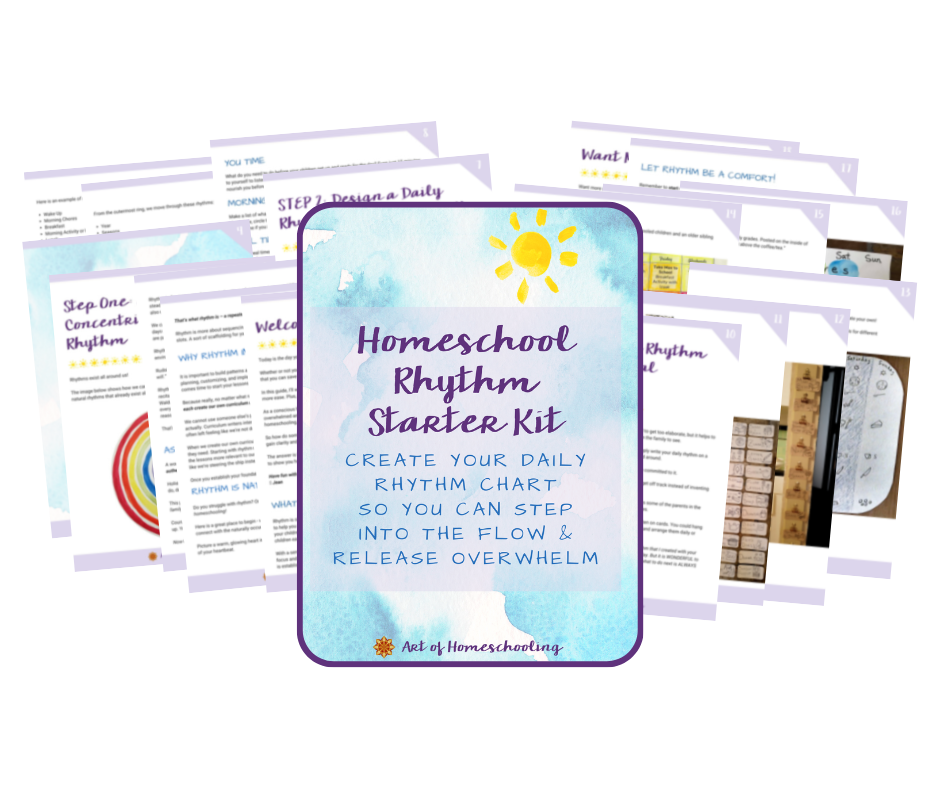Episode 79
So much of what the founder of the Waldorf education movement, Rudolf Steiner, believed 100 years ago about child development has been confirmed by the study of neuroscience!
I’m fascinated by the human brain and I’ve often said that I want to be a neurologist when I grow up. Ha!
And I’m excited to share this talk with you. It’s a talk I recorded during last summer’s Taproot Teacher Training for Waldorf-inspired Homeschoolers.
Rudolf Steiner had lots of theories about how children develop and learn best. And now that we have new technologies such as MRI brain imaging, we have more sophisticated ways of exploring how the brain works and develops.
Understanding how the brain develops can really help us to make important decisions in our homeschooling but also can help us to feel more confident in the hands-on approaches we’re using with our children.
So let’s dive into this talk all about child development and neuroscience!
We’re going to look at Steiner’s stages of child development along with three important aspects of holistic education that bring learning alive in a developmentally appropriate way.
Below you’ll find an overview of the talk and a link to receive a PDF of slides from the talk with highlights and quotes. You’ll find this super helpful!
Free guide to this episode!
Child Development and Neuroscience
Rudolf Steiner laid out three stages of child development and each stage is lead by learning in one of three realms: thinking, feeling, or willing. Children ages 0 to 7 learn best through action or willing. Children ages 7 to 14 learn best through feeling or emotional connections. And children ages 14 to through young adulthood learn best through thinking. And these cycles of 7 years continue throughout adulthood, too.
“Rudolf Steiner had tremendous confidence in the
~ Rahima Baldwin Dancy
natural processes of development and reminded us
that ‘That which is asleep will awaken.’ That doesn’t
mean we do nothing; rather, it means that the things
we do need to be consonant with the child’s own
developmental stages as they unfold.”
You Are Your Child’s First Teacher
One thing I really appreciate about the Waldorf method is the awareness that growth and development take time. I would say that often in mainstream education, educators push children to try to speed things up.
A baby’s brain is about ⅓ the size of an adult brain. And so, it has a lot of growing to do. In Steiner’s time and up until about 50 years ago, we believed that a baby’s brain was fully developed at birth. The recent use of MRIs and other scientific tools now show that this is not true.
Brain development begins in the first year of life and continues through a child’s early to late twenties.
“The idea that the brain stays the way it initially
~ Douglas Gerwin & Patrice Maynard
developed – is “hard-wired” – no longer pertains. How
a child, and an adult, uses his brain significantly alters
his brain’s neural structure and its development.”
“Not So Strange, After All: Neuroscience Catches Up with
Rudolf Steiner and Waldorf Education“
How Holistic Learning Supports Brain Development
First, play! Many of us are convinced of the importance of play, especially before around age 7! Remember, Steiner talked about play as the approach to learning for kindergarten. And that the change of teeth and other physical signs let us know that the child’s brain and other organs have developed enough that the child’s life forces can now be directed to more formal learning. And today, Everyone from the NAEYC (National Association for the Education of Young Children) to the APP (American Academy of Pediatrics) now promotes play as the best mode of learning for young children up to age 6 or so.
Next, rhythm. The natural rhythms of sleep and rest are incorporated into holistic learning so that children take in new material, then “sleep on it”. The brain rests in between and then we return to the new material. This is now known to be effective for teaching and learning by many more educators than just Waldorf teachers! Children are learning all the time, not just when they’re attending to the task or lesson. Sleep and rest are critical components to the learning process.
And, the arts! The Lively Arts bring us joy and they make the learning more memorable. As well as facilitate building new neural pathways and connect the right and left hemispheres of the brain.
Waldorf Works!
Waldorf is the only pedagogy I know of where the topics of study are aligned with the developing consciousness of the child. And we can now say that it’s an approach that is in harmony with current research in brain development and neuroscience. I think that’s pretty amazing!
I hope this talk has given you a sense of the depth of this hands on, holistic approach to homeschooling!
“The laborer works with his hands, the craftsman works
~ St. Francis of Assisi
with his hands and his head, the artist works with his
hands, his head and his heart.”
If You’re Curious to Hear More
Art of Homeschooling Podcast Episode 15: “What the Pandemic Has Taught Us About Teaching and Learning”
“Not So Strange, After All: Neuroscience Catches Up with
Rudolf Steiner and Waldorf Education” by Douglas Gerwin & Patrice Maynard, Renewal, Spring/Summer 2011, p. 20
“Why Waldorf Works: From a Neuroscientific Perspective”
by Dr. Regalena “Reggie” Melrose, Waldorf Journal Project Issue 17
Taproot Teacher Training for Waldorf-inspired Homeschoolers, August 3-6, 2023
Rate & Review the Podcast
If the Art of Homeschooling Podcast has inspired you, I’d LOVE it if you could rate and review the podcast on your favorite podcast player! Reviews can be left on Apple Podcasts (iTunes), Podcast Addict, or Stitcher.
Or simply pop on over to lovethepodcast.com/artofhomeschooling and choose where you want to leave your review.
And if you want to show your appreciation for the Art of Homeschooling Podcast, you can buy me a coffee!
Never Miss an Episode!


Check Out All the Episodes Here
And save or share this encouragement on Pinterest with the image below.



